These award-winning photographs capture rarely seen wildlife and landscapes
California Academy of Sciences competition celebrates photographers who communicate science
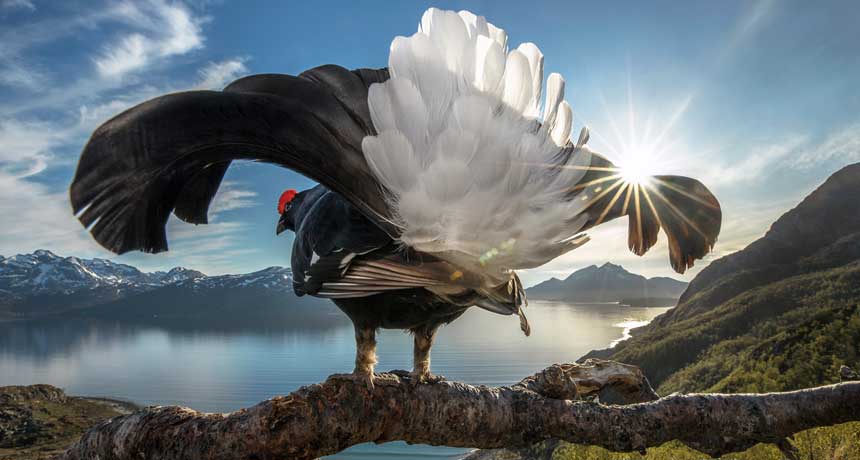
BIRD’S-EYE VIEW A male black grouse perches over Norway’s northern coastline, fluffing himself up in hopes of attracting a mate. This image won the 2019 grand prize in the California Academy of Sciences’ annual nature photography competition.
Audun Rikardsen
The winners of the California Academy of Sciences’ annual nature photography competition went to great lengths — and heights and depths — to create unique images of wildlife around the world.
These images “convey science to the general public in a way that is compelling and digestible,” says California-based wildlife photographer Suzi Eszterhas, who chaired the committee of judges that selected eight winners out of more than 6,500 submissions from 67 countries. “Statistics and graphs are great — but there’s nothing like the power of a visual to help people understand the natural world,” she says.
Photographer and marine biologist Audun Rikardsen, who won the 2019 grand prize in the competition, says “science and photography are just a perfect combination for me.” Rikardsen, who studies whales and fish migration at the University of Tromsø in Norway, says he often brings camera equipment along on research trips. “Really it’s a win-win,” he says. “My scientific knowledge helps me better understand and photograph wildlife, and then my pictures really get people interested in my research.” Although Rikardsen is a prolific underwater photographer, his photo of a male black grouse won him the top prize this year.
He got the shot after more than three years of habitually visiting a particular perch along Norway’s northern coast, where he set up a motion-activated camera. The grouse in his winning image quickly grew comfortable with the noise of the camera’s shutter and flash, Rikardsen says, even appearing to bask in the attention.
Other winning finalists depict a Galapagos marine iguana (Amblyrhynchus cristatus) grazing underwater, a rarely seen underwater view of a brown bear fishing for salmon, and more.
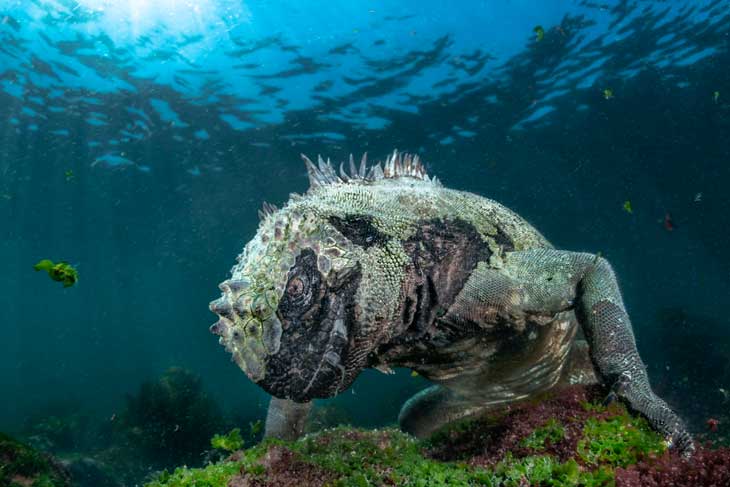
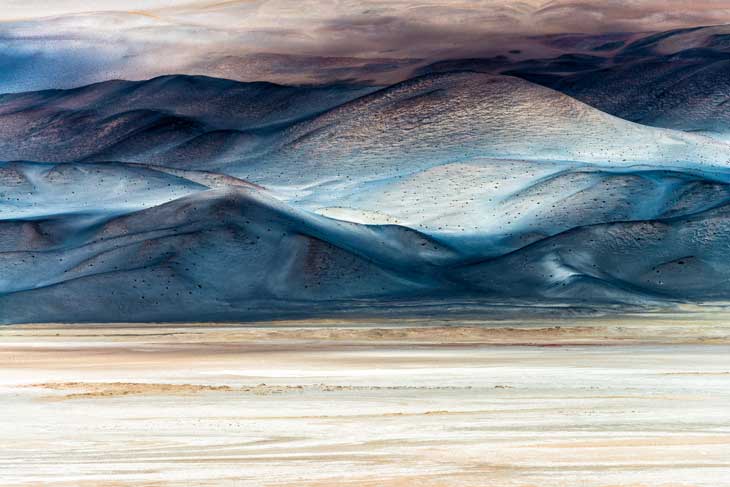
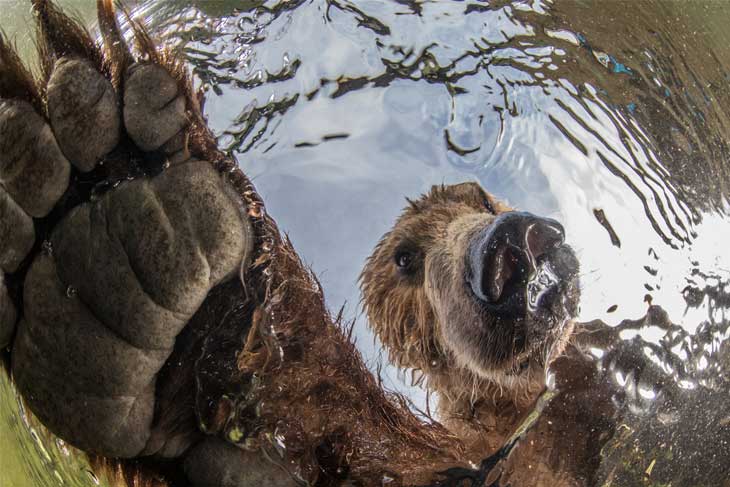
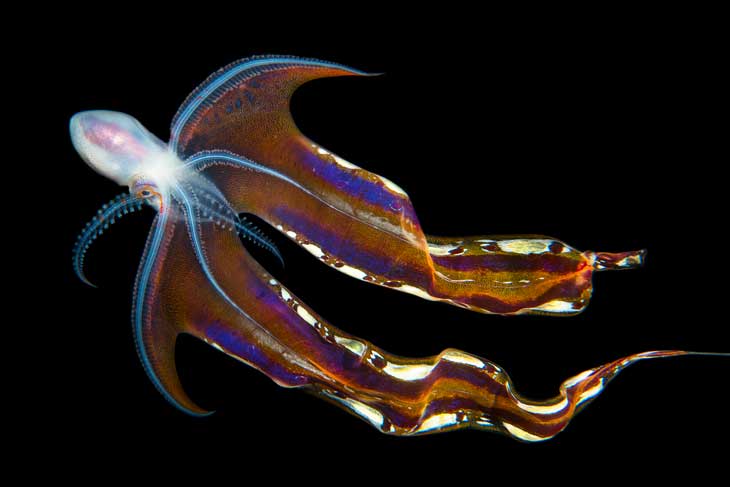
Though not all wildlife photographers daylight as biologists, many, including Eszterhas, work closely with scientists to track and photograph rare species and rarely seen animal behaviors, as well as the scientific process. “I spent a lot of time following a sloth researcher all over South and Central America, for example, and photographed her attaching tracking devices to the sloths, because it’s important for people to see these scientific projects,” Eszterhas says.
Science educators depend on these images to teach ecology, says Rhonda Rubinstein, creative director at the California Academy of Sciences in San Francisco. “Wildlife photographers are really unsung heroes, if you think of how far they push themselves — they’ll spend weeks, months or even years in extreme environments, just to capture a certain species,” she says.
Rubinstein, who helped launch the nature photography competition, called BigPicture, in 2014, says that she hopes the winning images will fuel conservation efforts. “People credit the first photo of Earth from space with helping really launch the modern environmental movement,” she says. “When you see the animals in this year’s photographs, you start to care about them, you want to find out their story and you want to protect them.”
These images originally appeared on bioGraphic, an online magazine about science and sustainability and the official media sponsor for the competition.







